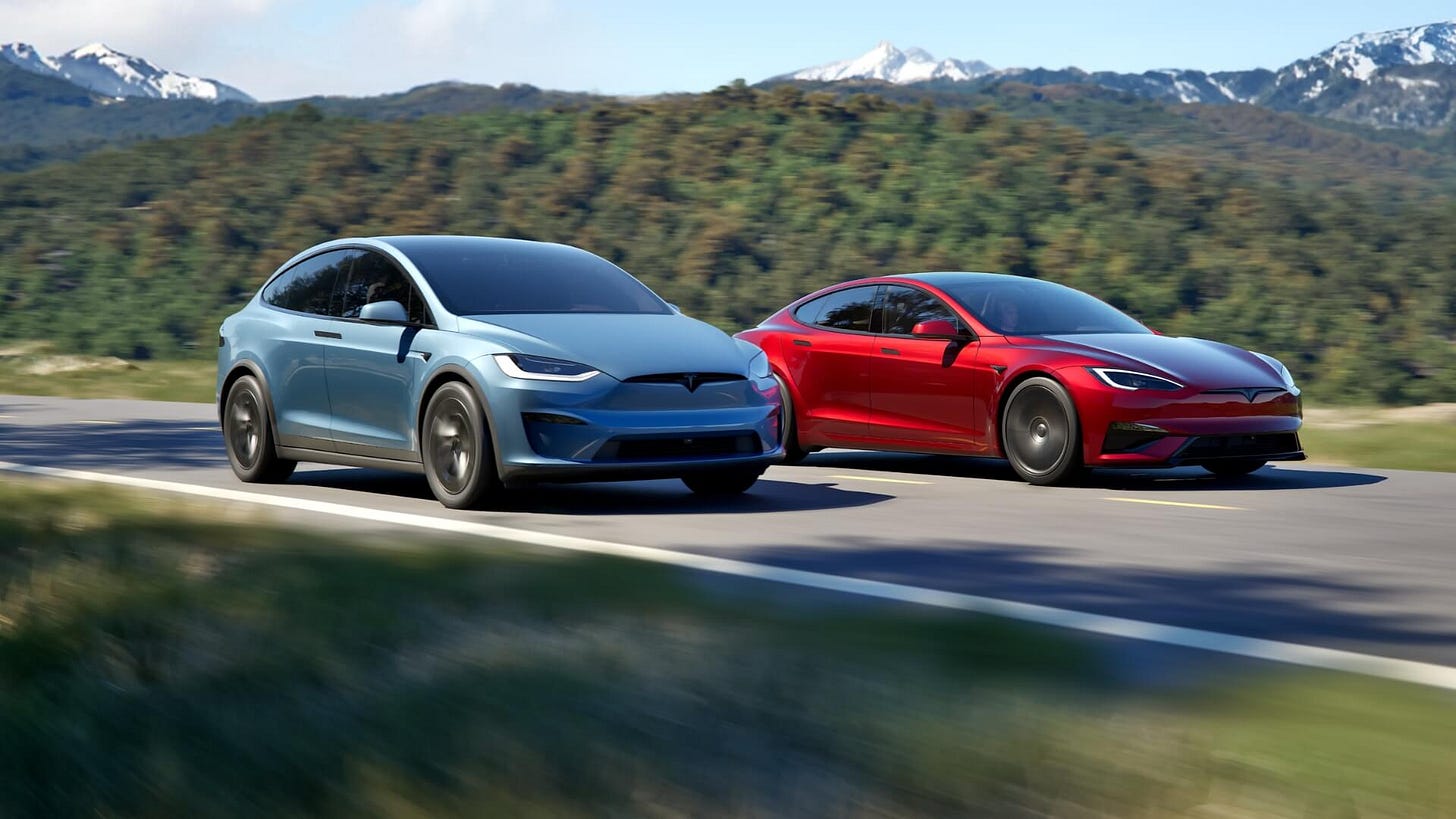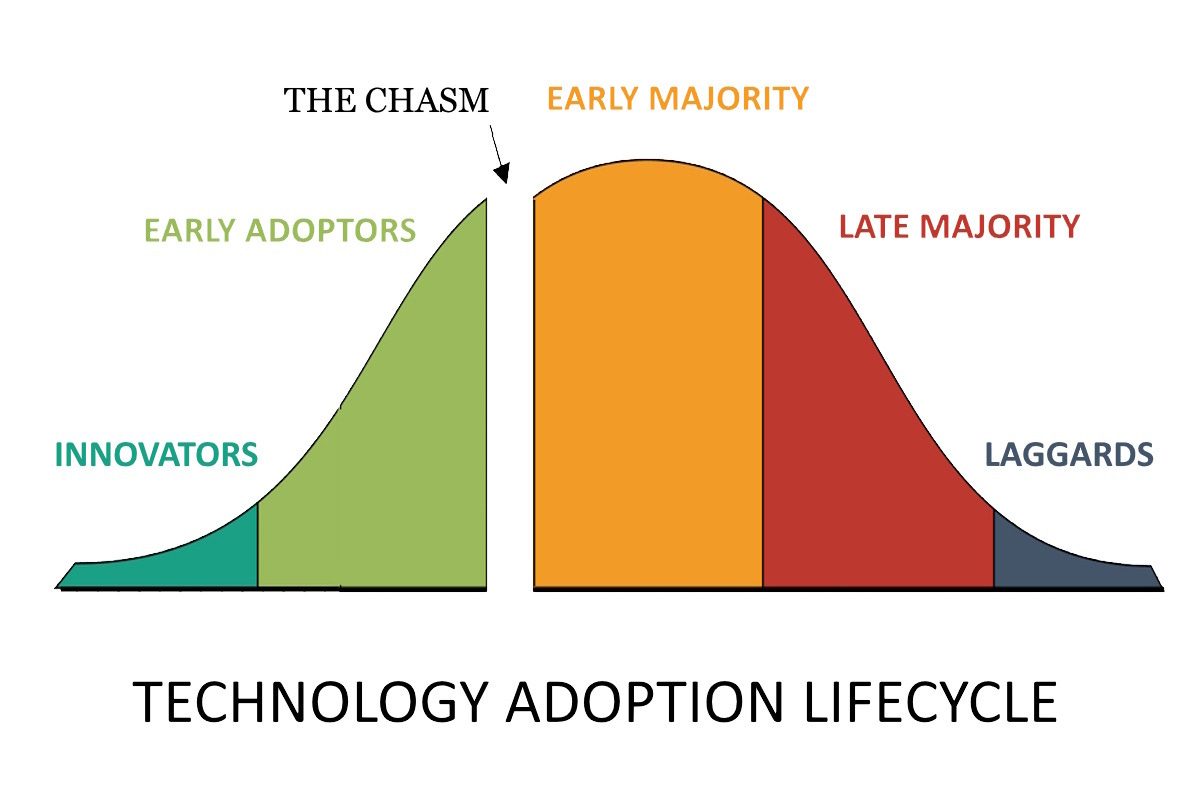Make Earth Great Again
A freeform brainstorm of salacious methods to rebrand sustainability in the public consciousness
My articles from the last two weeks have been deep cuts exploring the historical and cultural context that got us so far into the climate crisis. This week, I’m going to give us all a break and focus more on the “media” aspect of culture. More specifically, I want to talk about rebranding sustainability in popular media and some salacious (perhaps even morally gray) ideas that have occurred to me since becoming interested in this topic.
The idea that sustainability needs to be rebranded or reframed was what indirectly led me to start Apocalypse Flops. In fact, AF is part of a larger project called Hot Tides that has been taking shape for the last year. While AF is a somewhat academic exploration of how climate issues are reflected in our culture and art, Hot Tides will be a platform on which I’ll create media with the goal of making sustainability desirable. Aspirational. Sexy.
There’s a few avenues one can take if they want to convince people to care about the climate crisis. The Yale Center for Environmental Communication is an essential resource for understanding the research done on this topic as it relates to policy and psychological biases. Check out their Climate Connections page for top-of-the-class climate journalism. The work they do gives communicators solid guidance on what works and what doesn’t to get people to understand that the climate crisis is real and we need to act on it now.
The goal of Hot Tides is different. I’m not targeting people who don’t believe in the crisis, but those who already do yet aren’t changing their habits to reflect the severity of the situation. The content will be published on social media and will have little mention of sustainability or climate. After all, the “helping the planet” value proposition has proven incapable of driving most people to greener products or lifestyles.
If there’s one thing that I learned from the marketing teams that presented at ChangeNOW earlier this year, it’s that co-benefits are key. People won’t just buy your product because it’s more sustainable than the alternative, but if you tell them it’s cheaper, more convenient, or healthy, then people will flock to it. That’s why Hot Tides will promote solutions focusing on their co-benefits instead of their carbon mitigation potential.

I think of the widely used technology adoption life cycle framework when conceptualizing where we’re at with sustainability in our culture. In this framework, there are innovators, early adopters, the early majority, the late majority, and laggards. The innovators are the first to adopt new technologies. They are usually young, close to scientific sources, and have the financial resources to match their high risk tolerance. The early adopters that follow them are similarly young and upper class, but they’re also considered opinion leaders.
From what I’ve seen, this is the adoption stage for sustainable lifestyles at this moment. We haven’t gotten to the early majority, which are known to take a significantly longer time than the first two groups. Of course, in this case we’re talking about a value system and lifestyle rather than one specific technology, but it’s useful to visualize the problem we’re dealing with.
So, how do we cross the chasm between early adopters and the early majority? This process can be somewhat organically as the individuals in the early majority tend to be in frequent contact with the early adopters. But as a person deeply concerned with the interconnected crises we’re facing, I think it simply isn’t happening fast enough. We need a faster adoption lifecycle than this. And what faster lifecycle than that of trends?

Now, don’t get me wrong. I’m as against hyper-fast fashion and increasingly niche micro-trends as the next sustainability girlie. All these fads centered on plastic toys that will just end up in the landfill like Labubus and Sonny Angels are the epitome of overconsumption and the antithesis of what I’m trying to achieve. But what if we could learn from these explosive viral hits and use their methods to make sustainable behaviors take off?
This is the idea behind Hot Tides. Use language and imagery usually associated with trendy, desirable, aspirational things to get people to buy into sustainable consumption and behaviors. It’s not about showing funny memes to people who are already invested in the climate crisis, but about getting those who aren’t invested to behave more sustainably based on the co-benefits, whether these are cost savings, health benefits, or trendiness.
In trying to reach this audience, the more nuanced aspects of sustainability might be lost. The term vulgarization comes to mind, although more in the way it’s used in French than in English, since this will be an effort to make academic, niche concepts simpler and easier to understand. You can also think of it as pop sustainability in the way that many airport books are about pop psychology. Maybe hardcore sustainability professionals and academics will turn their noses up at the final content, but it’s not supposed to be for them.

There’s different strategies for making content geared toward the trend-sensitive crowd. You got a sneak peak of the branding Hot Tides chose. It will be colorful, eclectic, and cheeky. That’s one of the reasons why we chose the name, as well, since we didn’t mean to take ourselves too seriously. Traditional sustainability media alienates many people since there’s a lot of terms and figures those outside the field don’t understand. There’s also often a sense of moral superiority that puts people off if they don’t already consider themselves a part of the in group already.
I want to leave room in Hot Tides for everyone. The content may be lowbrow at times, but the idea is to put different communication styles to the test and see what has an actual impact. It will be like an experiment to see which methods are best at getting people to want to be sustainable of their own accord.
That being said, in order to have a good reach on social media, I’ll have to use some attention grabbing tactics. This is where the “salacious methods” in the tagline come in. I wouldn’t want to stoop so low as to create rage bait or deep fakes of climate deniers advocating for climate solutions (although this idea did make my friends laugh when we were talking about it). However, here are some ideas that I thought could make some heads turn or, better put, make some people stop scrolling:
Make Earth Great Again red caps
Showcasing millionaires who made their money off of climate solutions
OnlyFans for the Planet
Spotting sustainable fashion worn by celebrities
These tactics do enter a gray area since they feed into celebrity culture, glorify wealth hoarding, and ally with questionable characters, but compromise is needed if we’re going to overcome the chasm and get an early majority on board. Those who are most invested in sustainable lifestyles are, unfortunately, going to come across as puritanical by those who aren’t involved. We need to show the majority that they can adopt sustainable habits without going all in like the innovators and early adopters did.
We’re past the time for nitpicking. It would have a much bigger impact if 50% of the population slashed their emissions by 5% than if 1% slashed their emissions by 50%. That’s the value in getting wider adoption of sustainable behaviors. The people who adhere to them might not be the most environmentally conscious in the world, but once they buy one reusable straw, it opens the door to many more circular solutions.
It goes without saying that this is just one small part of the larger tapestry of climate action needed to solve this crisis. Traditional sustainability media is indispensable due to their rigorous research and the network they create for professionals such as myself. But we need to pull in more diverse audiences and, for that, we need varied tactics.




I’ll be looking for the Hot Tides content on social media! Love that you can combine two of your passions - writing and sustainability- in these projects to make the earth great again.